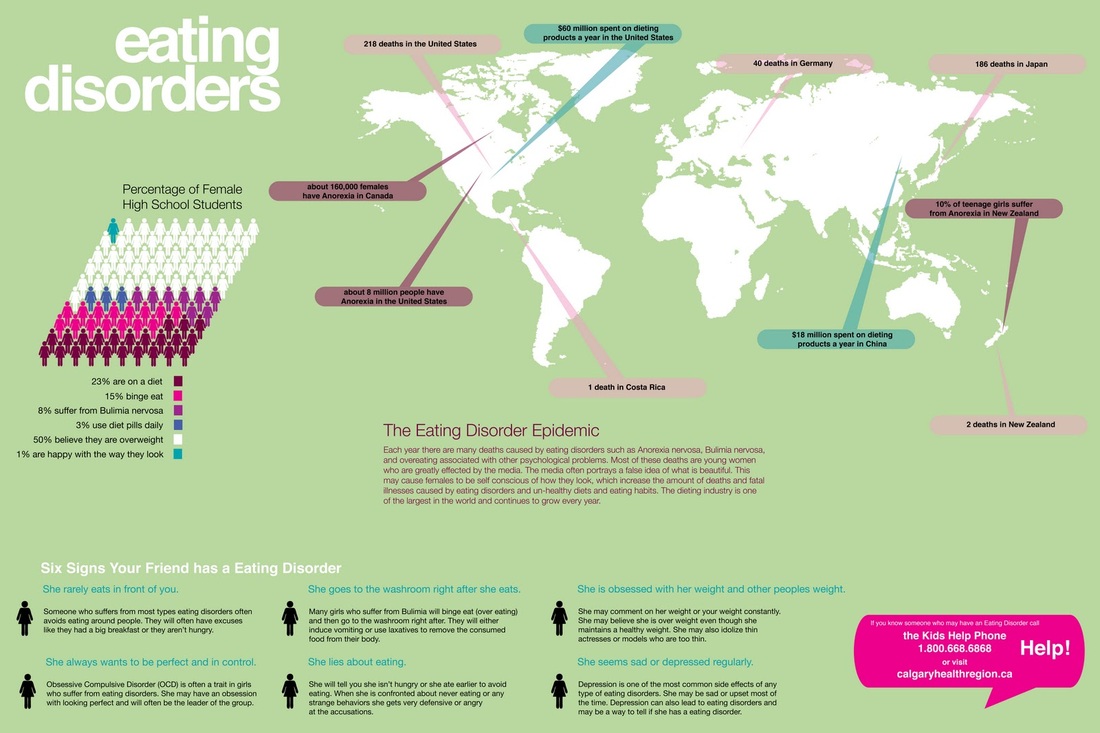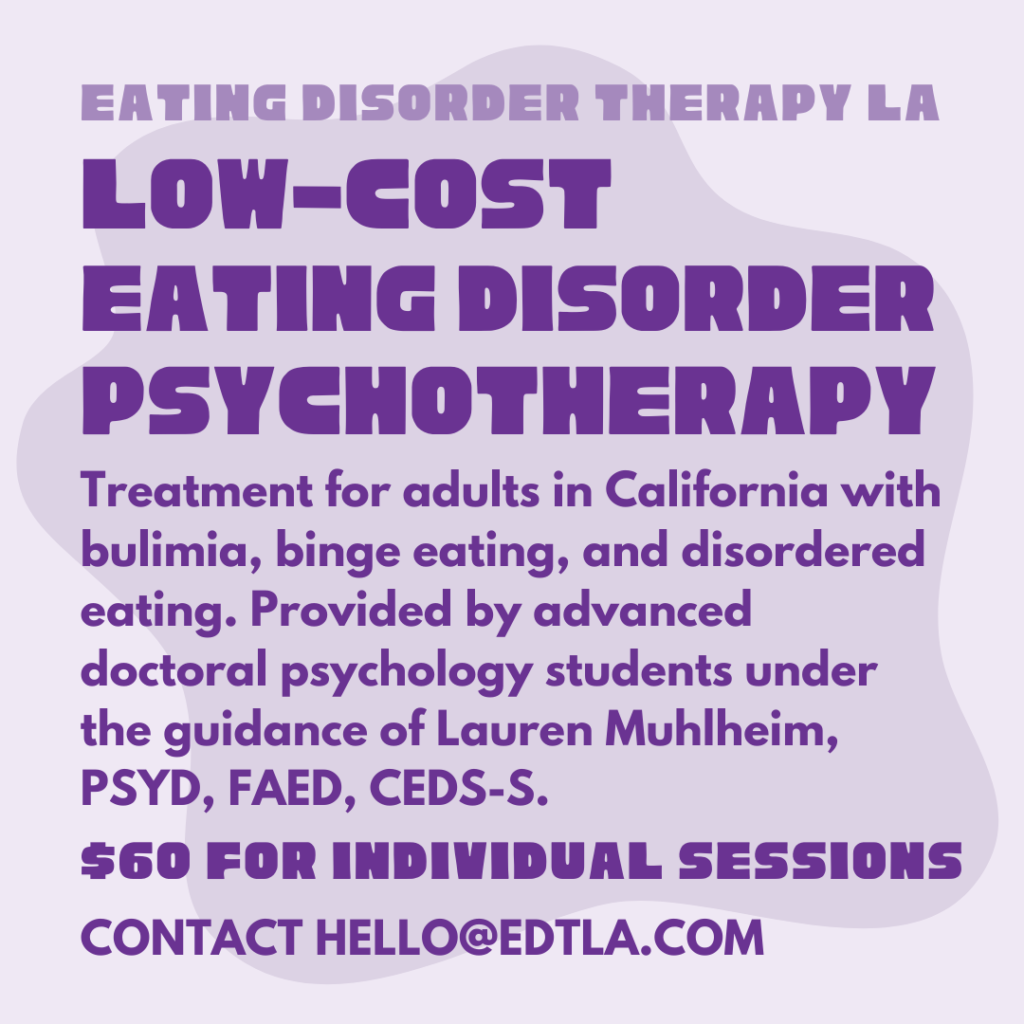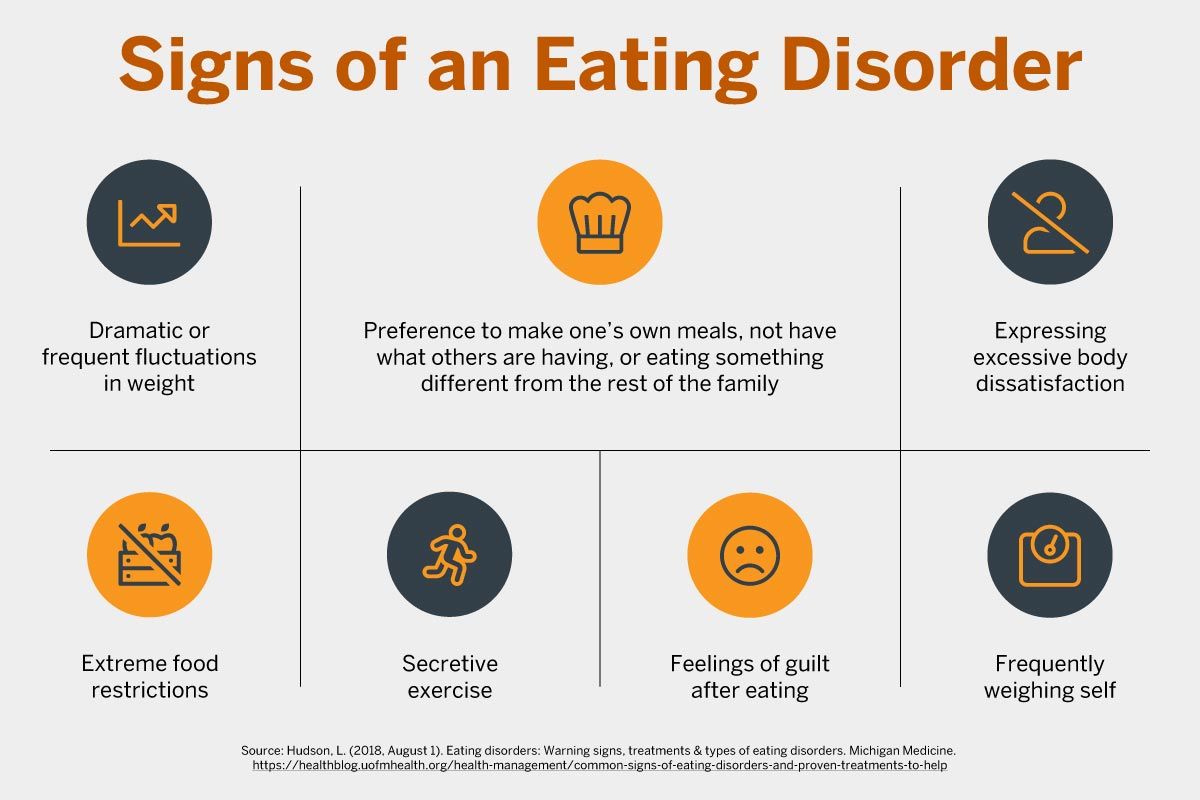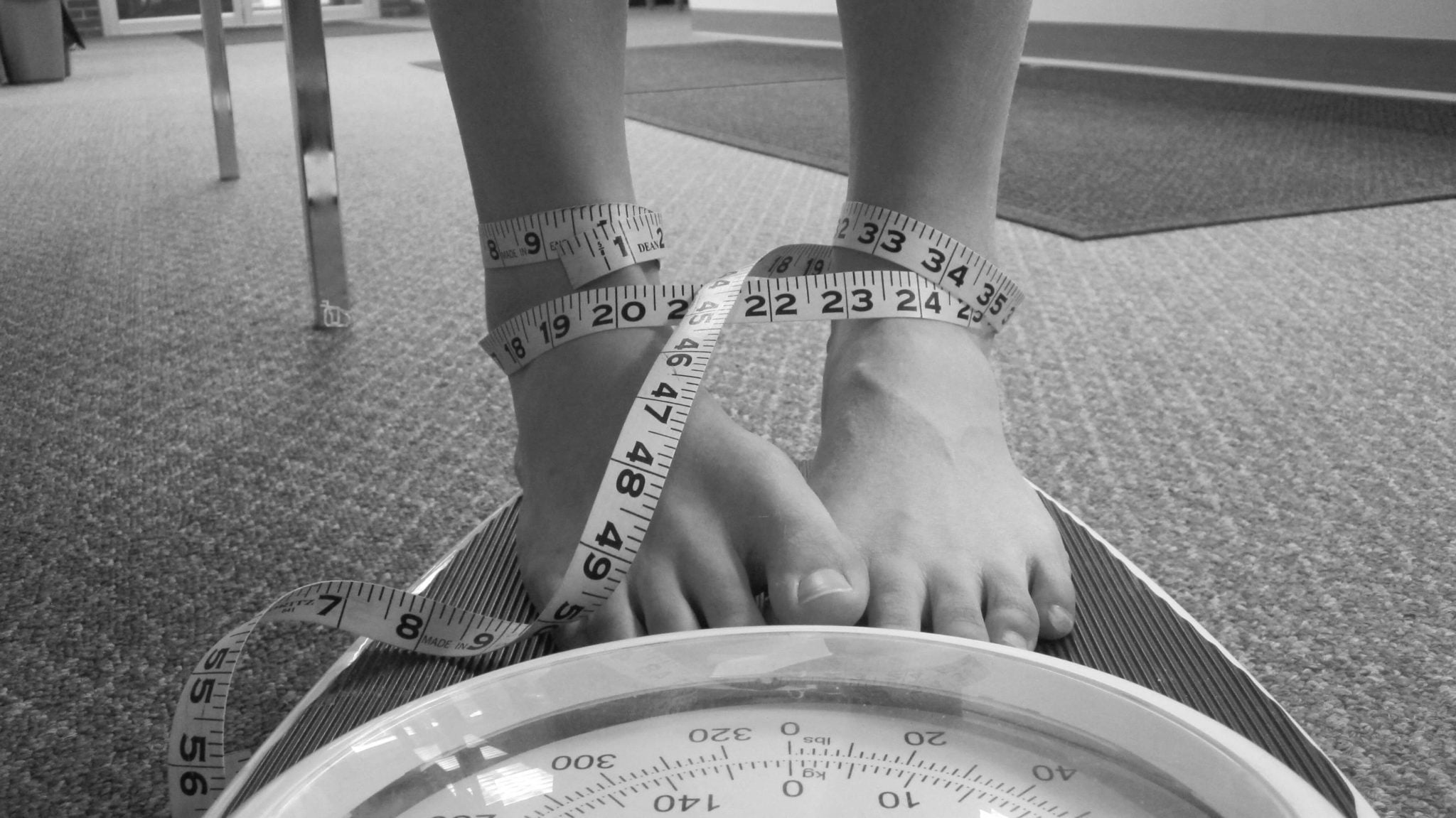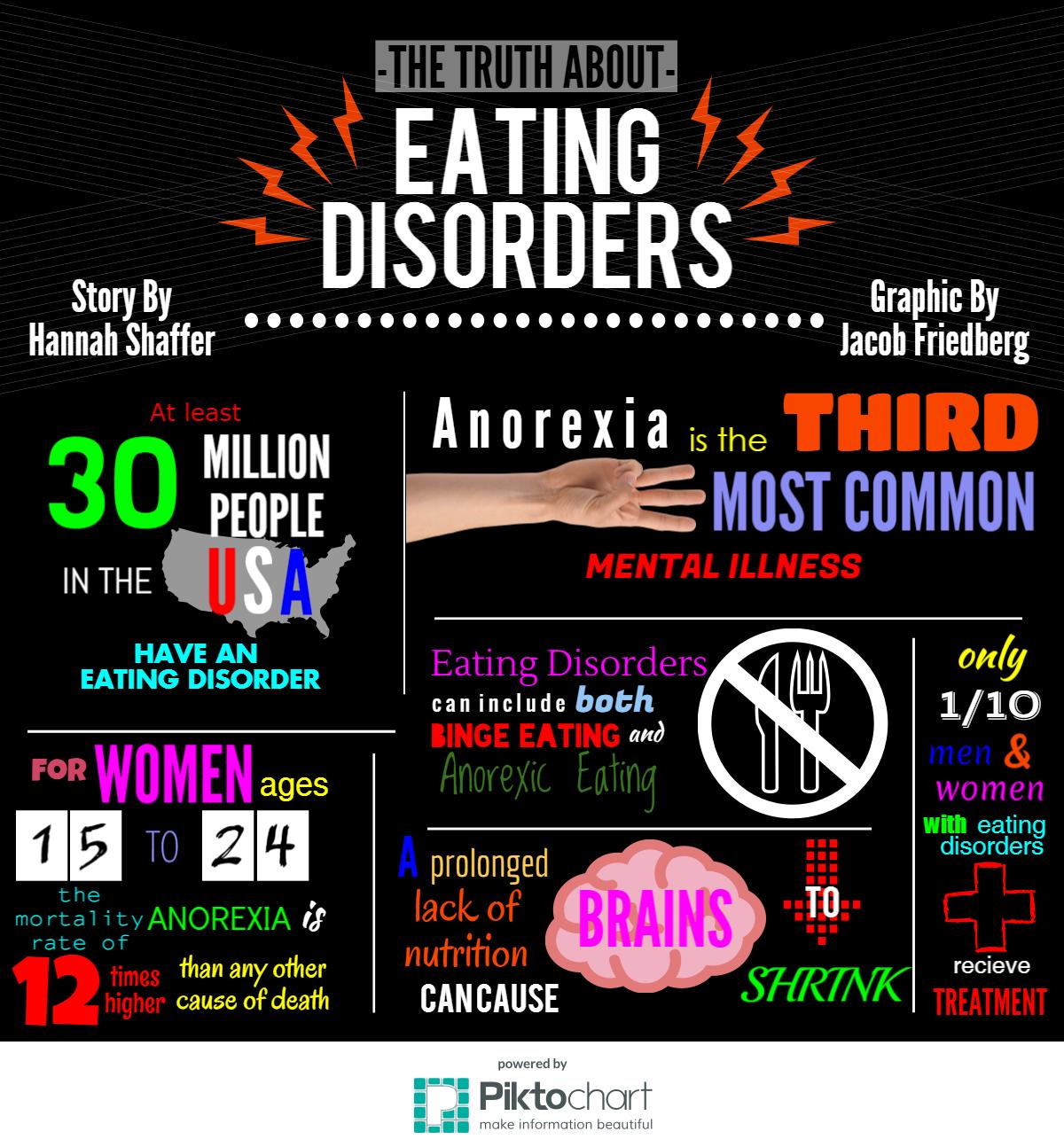Fabulous Info About How To Detect An Eating Disorder

More than 70 million people suffer from eating disorders.
How to detect an eating disorder. However, this is not a reliable sign, as it. Learn healthier ways to cope with emotional pain. Getting treatment for an eating disorder.
One way to spot symptoms is to simply be aware of the person’s behaviors when they eat. 1 recognize common emotional symptoms of eating disorders. Diagnosis eating disorders are diagnosed based on symptoms and a review of eating habits and behaviors.
At magnolia creek, a team of highly trained eating disorder recovery professionals can provide you with the appropriate treatment for your loved one’s eating disorder. One of the most noticeable physical signs of an eating disorder is a fluctuation in weight, either up or down. Extreme thinness (emaciation) a relentless pursuit of thinness and unwillingness to maintain a normal or healthy weight.
How to detect the signs of an eating disorder. Many individuals with disordered eating habits are excessively concerned with body size, weight, and appearance. Physical signs of an eating disorder.
Some common behavioral and emotional symptoms that someone with an eating disorder might have include: Five primary types of eating disorders can be diagnosed by a mental health professional:. Changes in menstrual regularity, including stopped or missed periods.
They will be able to give you a full assessment in order to give you a. Most eating disorders involve focusing too much on weight, body shape and food. Develop a balanced relationship with food.
You can expect your doctor to talk to you about your thoughts, feelings and. Feeling dizzy, weak and/or tired. Feeling full after only a few mouthfuls and finding it hard to eat any more.
Changes in skin and hair (such as being dry and brittle). Design a review of literature from 1994 to 1999 identified by a medline search on epidemiology, diagnosis, and therapy of eating disorders, including anorexia nervosa and bulimia nervosa. The following are the most common physical signs of disordered eating:
Characterized by the cycle of binging and compensatory behaviors, such as vomiting,. Typically characterized by weight loss, difficulties maintaining an appropriate body weight, and an intense fear of weight gain; Symptoms of eating disorders vary depending on the type of eating disorder.
The researchers also found that appetite traits such as food fussiness, emotional undereating (eating less due to low mood), and enjoyment of food in early childhood were not linked to later. After helping you gain healthy eating behaviors, it helps you learn to recognize and change distorted thoughts that lead to eating disorder behaviors. Reach out for support.


